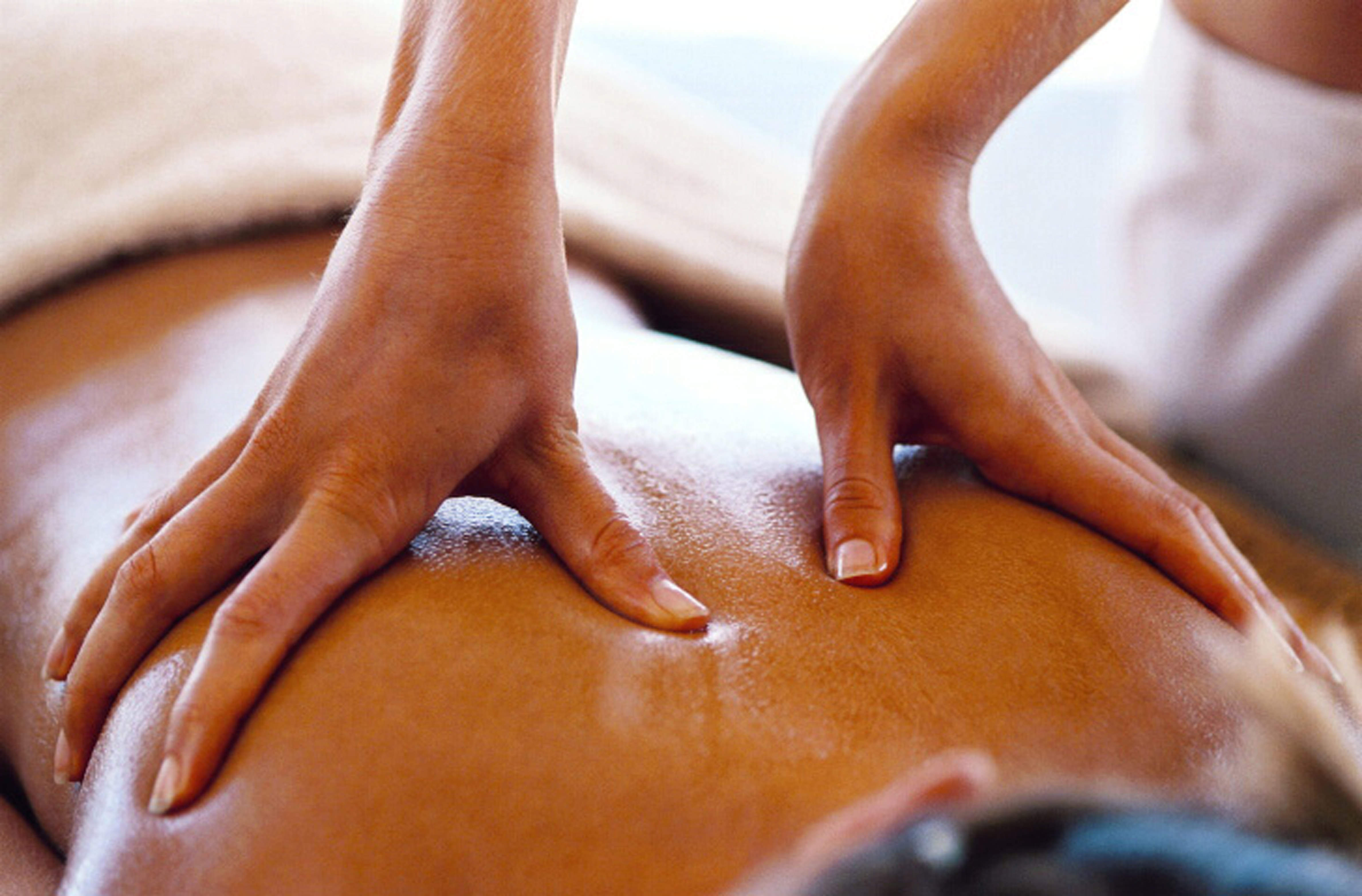
Reflexology, an old recovery technique that goes back thousands of years, has actually acquired significant popularity in current years as a complementary therapy for advertising general health and wellness and wellness. This all natural strategy to wellness is based on the principle that particular points on the ears, hands, and feet represent various organs and systems within the body. By applying pressure to these points, specialists intend to relieve different ailments and restore equilibrium to the body.
Reflexology foot graph showing pressure points, watercolor design The beginnings of reflexology can be mapped back to ancient civilizations, consisting of Egypt and China. Hieroglyphics found in the burial place of an Egyptian physician named Ankhmahor, dating back to 2330 BC, portray what appears to be a reflexology therapy. In typical Chinese medication, the concept of qi (vital force energy) flowing through meridians in the body shares similarities with the principles of reflexology.
Modern reflexology, as we understand it today, was developed in the very early 20th century by Dr. William Fitzgerald, an American ear, nose, and throat specialist. He introduced the principle of “area treatment,” which divides the body into ten upright zones. This job was additional improved by Eunice Ingham, usually described as the “mother of modern reflexology,” that drew up the reflexology factors on the feet that represent different organs and body components.
The core idea in reflexology is that by using stress to certain points, professionals can boost the body’s natural healing processes. For instance, applying stress to a point on the foot that matches to the liver is believed to stimulate and enhance liver function. While clinical evidence supporting these insurance claims is restricted, several people report experiencing gain from reflexology therapies.
Some of the potential benefits of reflexology consist of:
Anxiety decrease and leisure Improved circulation Pain alleviation Enhanced sleep high quality Boosted immune system feature Improved food digestion Increased energy degrees During a typical reflexology session, the specialist will certainly begin by checking out the feet, hands, or ears for any kind of irregularities or tender areas. They will after that utilize numerous methods, including thumb and finger hook, strolling and back-up, and rotation on toes, to apply stress to details reflex factors. The stress used can vary from gentle to firm, depending upon the individual’s demands and level of sensitivity.
It’s crucial to note that while reflexology can be a valuable complementary treatment, it must not be made use of as a replacement for traditional medical treatment. Constantly speak with a healthcare specialist prior to starting any type of new therapy, specifically if you have existing health and wellness conditions or are expecting.
As 秋葉原 in different and holistic treatments proceeds to expand, reflexology has actually discovered its area in health facilities, wellness centers, and also some health care facilities. Lots of people incorporate regular reflexology sessions right into their self-care regimens, locating it to be a relaxing and revitalizing experience.
Whether you’re seeking remedy for a details condition or merely wanting to boost your overall health, reflexology provides a gentle, non-invasive approach to wellness and recovery. By exploring the complex links in between reflex factors and the body’s systems, this ancient practice remains to intrigue and advantage individuals worldwide, connecting the gap between conventional knowledge and modern-day health strategies.
Reflexology foot chart revealing pressure factors, watercolor design The origins of reflexology can be mapped back to old civilizations, including Egypt and China. In typical Chinese medicine, the concept of qi (life force power) flowing through meridians in the body shares similarities with the concepts of reflexology.
This job was further improved by Eunice Ingham, commonly referred to as the “mother of modern-day reflexology,” that mapped out the reflexology factors on the feet that correspond to various body organs and body parts.
The core belief in reflexology is that by using pressure to certain points, professionals can boost the body’s natural recovery processes.